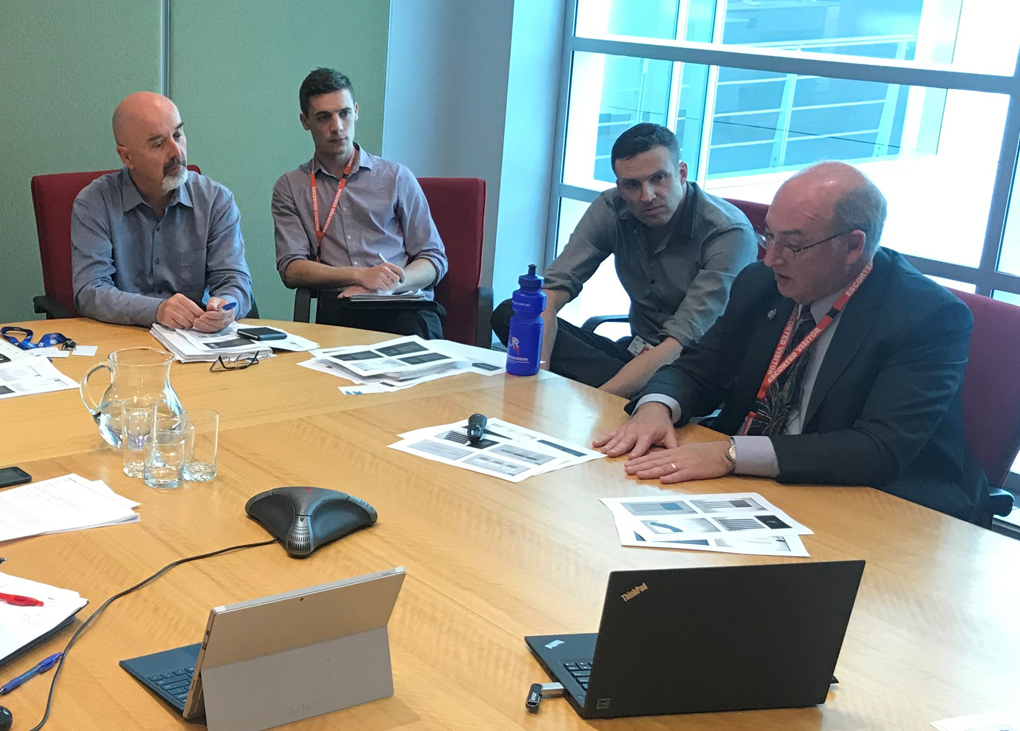The Australian Institute of Refrigeration, Air Conditioning and Heating (AIRAH) has announced world-renowned indoor air quality (IAQ) expert Max Sherman as the keynote for its Building Physics Virtual Forum slated for September 17.
Sherman’s presentation, titled “Build tight and ventilate right. It’ll be OK”, will look at some of the challenges faced by airtight high-performance buildings. He’ll share key lessons learnt in the US over the decades, and how these apply to Australian climates and levels of building industry knowledge.
“Getting from low-performing homes to high-performing homes is a process,” says Sherman. “The Europeans have been ahead of the US in many ways, and the US may be ahead of Australia in many ways. There are plenty of pitfalls on the path, but Australia can benefit from the mistakes others have made. And in the end It’ll be OK.”
Sherman says that part of this process is to build market acceptance.
“A key thing I want to get across is that while we may be able to see the goal we want and can even achieve it in custom-built homes, getting the industry closer to that goal is something that will not be successful if it is pushed too hard. The industry needs to move in baby steps to learn how the new techniques integrate with the old and to avoid unintended consequences.”
This year, as a result of COVID-19, IAQ has become one of the world’s hottest topics, and Sherman has been at the forefront of this work.
“I lead the Residential Team of ASHRAE’s Epidemic Task Force (ETF) and that has been a whirlwind of activity,” he says.
“The ETF recognised early that aerosol transport was key and that HVAC was going to play a big role in dealing with COVID-19. Our website now has over 5 billion media impressions; there have been over half a million unique visitors; we have done over 100 interviews and have provided briefings to various government bodies.”
Apart from the work focused on COVID-19, Sherman has been working on other important issues.
“Of late I have been looking more at aerosol physics than building physics, but there are still a variety of interesting questions,” he says. “In particular I am looking at how to do better than simple ventilation rates, and look at the contaminants of concern in the indoor environment and how to come up with operational ways of defining acceptable indoor air quality using them.
“For both this and COVID-19, control of fine and ultrafine particles in the air is a key issue. In fact, having a central air handler with high-quality filtration is a ‘no regrets’ policy that helps in normal cases, helps for epidemics such as COVID-19, and also helps for wildfires such as both Australia and the western United States are increasingly prone to. Right now it is smoky outside, but my filtration system is keeping my home relatively clean.”
Sherman is a retired Senior Scientist at the Lawrence Berkeley National Laboratory who has more than 30 years of experience in building physics. He has a PhD in physics from Berkeley and is an international expert in air leakage, HVAC, indoor air quality, infiltration, moisture, energy efficiency, and related topics.
For more information on AIRAH’s Building Physics Virtual Forum, click here.
Feature image shows Max Sherman (far right) meeting with representatives from the Department of Environment and Energy, the ABCB and National Energy Efficient Building Project in Australia in 2018.
 Mark Vender
Mark Vender


Leave a Reply